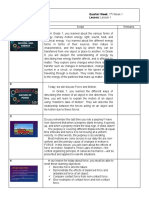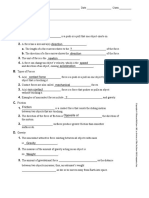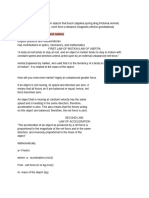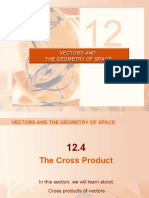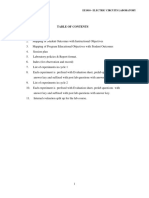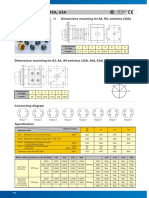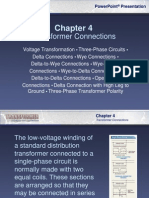0% found this document useful (0 votes)
12 views52 pagesForces (Lecture Presentation)
The document outlines essential learning competencies related to the relationship between force, mass, and motion, emphasizing key concepts such as displacement, velocity, and acceleration. It differentiates between contact and non-contact forces, providing examples of each type, and explains the principles of balanced and unbalanced forces. Additionally, it introduces the GRESA method for solving force-related problems.
Uploaded by
Esmail GuroCopyright
© © All Rights Reserved
We take content rights seriously. If you suspect this is your content, claim it here.
Available Formats
Download as PPTX, PDF, TXT or read online on Scribd
0% found this document useful (0 votes)
12 views52 pagesForces (Lecture Presentation)
The document outlines essential learning competencies related to the relationship between force, mass, and motion, emphasizing key concepts such as displacement, velocity, and acceleration. It differentiates between contact and non-contact forces, providing examples of each type, and explains the principles of balanced and unbalanced forces. Additionally, it introduces the GRESA method for solving force-related problems.
Uploaded by
Esmail GuroCopyright
© © All Rights Reserved
We take content rights seriously. If you suspect this is your content, claim it here.
Available Formats
Download as PPTX, PDF, TXT or read online on Scribd
/ 52

































